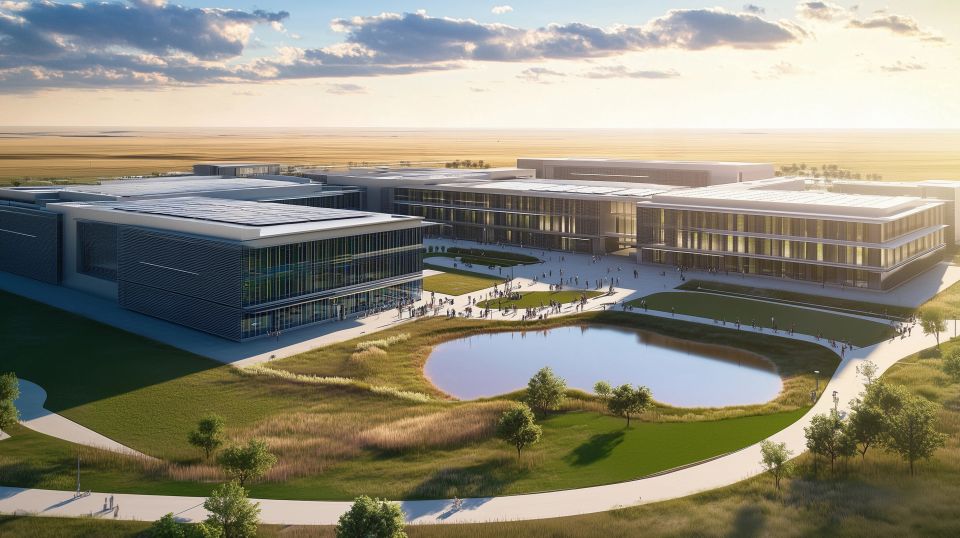Mid-Atlantic Coast and Midwest selected for nuclear-to-hydrogen H2Hubs

The Department of Energy announced $7 billion on October 13 to launch seven regional Clean Hydrogen Hubs (H2Hubs) across the country and accelerate the commercial-scale deployment of clean hydrogen. Two of the seven hubs will feature hydrogen production using electricity—and possibly steam—from nuclear power. The federal government’s multibillion-dollar investment will be matched and exceeded by more than $40 billion from the awardees, for a total investment in clean energy and job creation near $50 billion.









